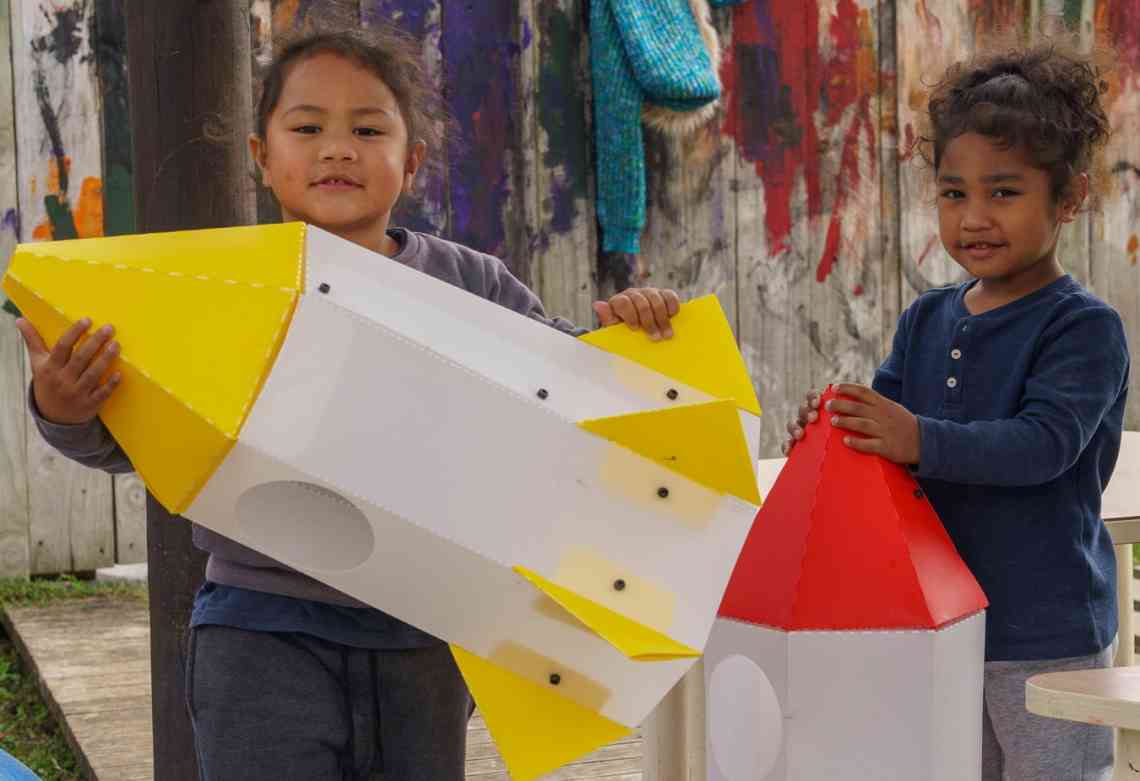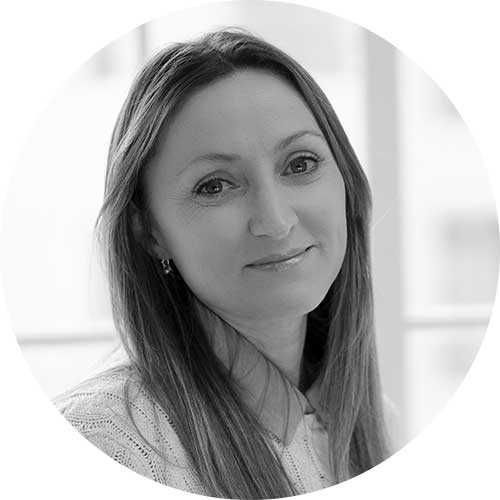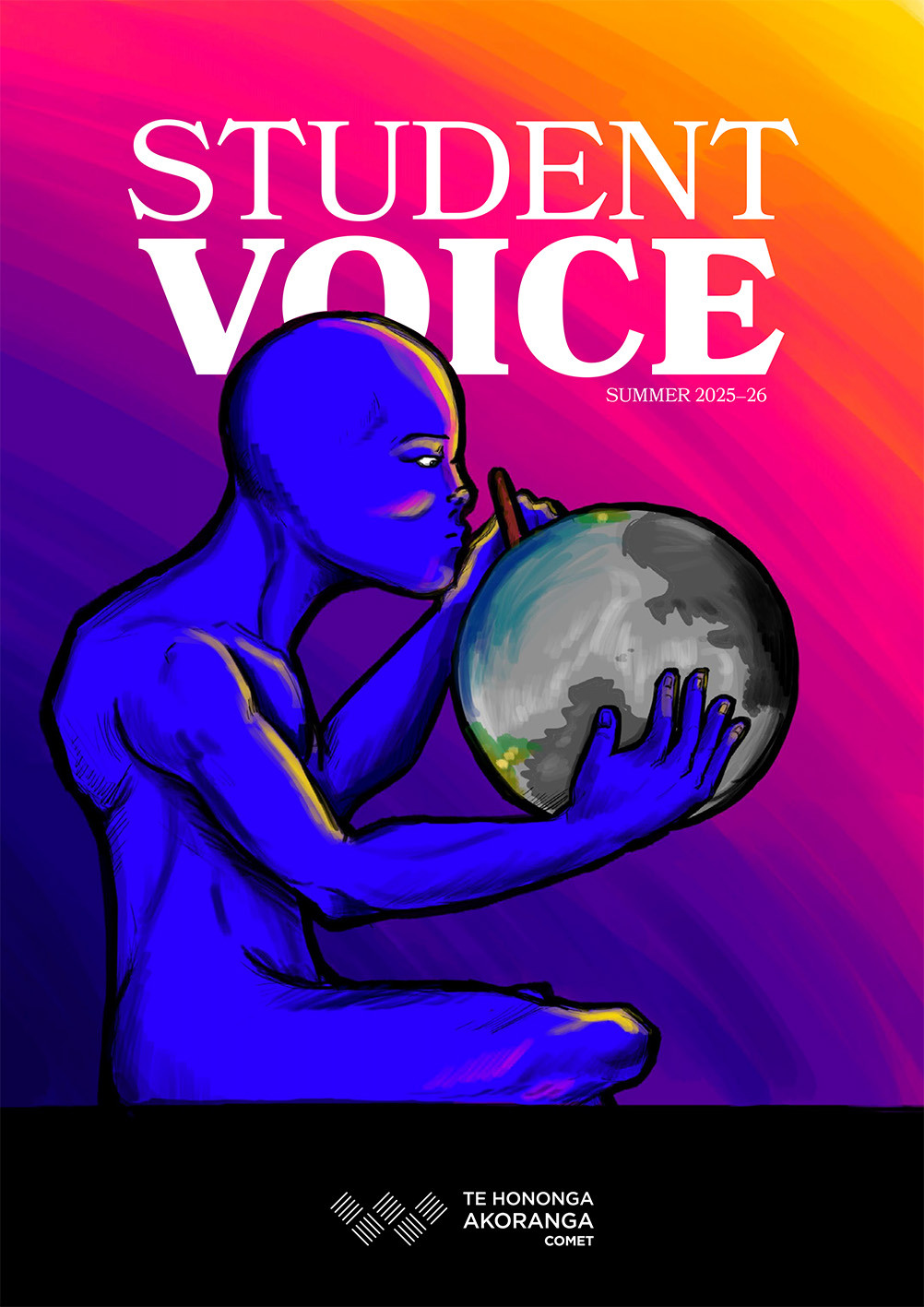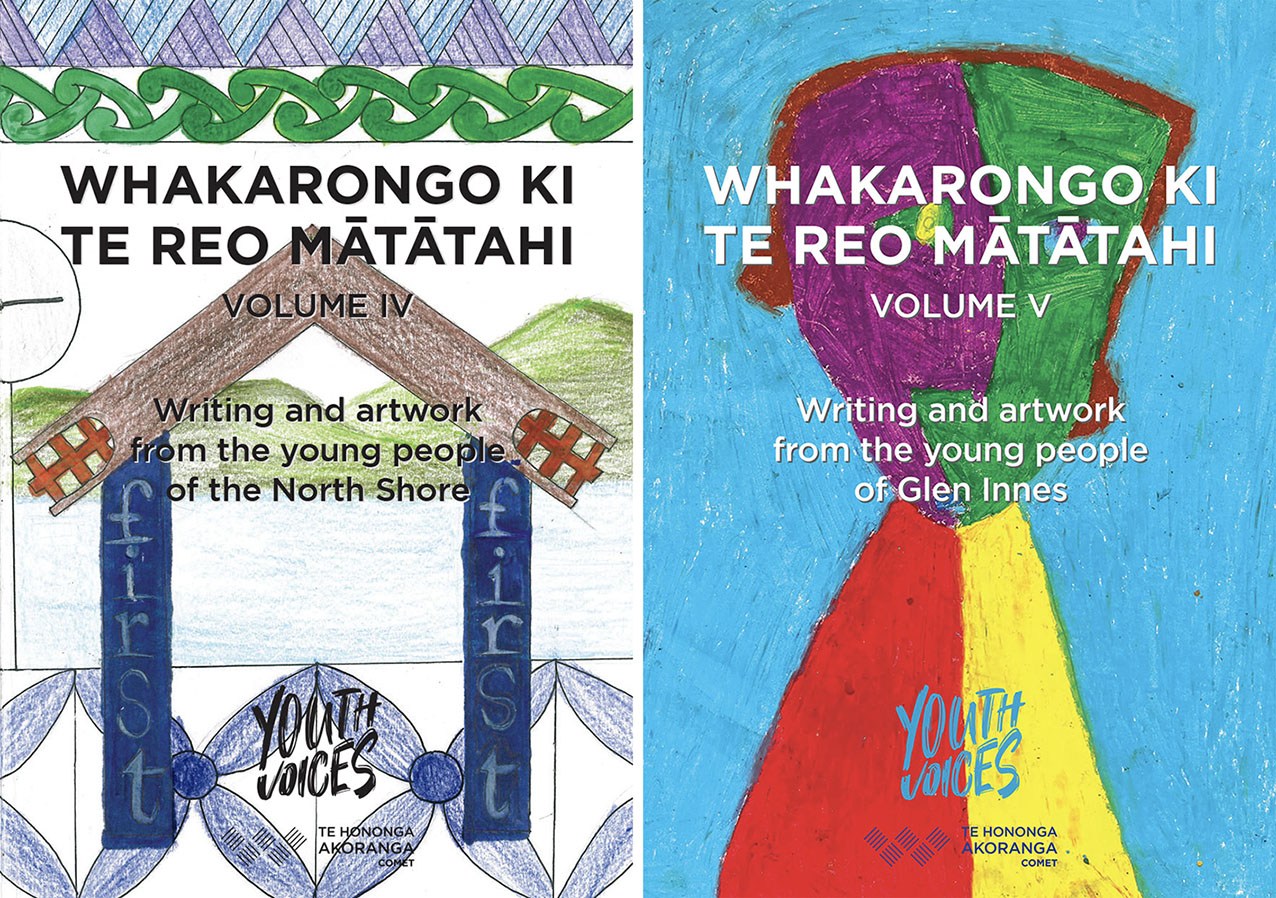
Fouina, 4 and Nixon, 4 made rocket rubbish bins, which they labelled so they knew what waste went where, such as composting food or recycling arts and crafts items.
 By Rebecca Toms
By Rebecca TomsMore than 400 young people in south Auckland will benefit from SouthSci funding to find science-based solutions to community problems.
Funding of over $170,000 has been approved for 11 projects to be carried out in collaboration with STEM (Science, Technology, Engineering & Maths) experts, such as Auckland University of Technology, Fisher and Paykel Healthcare, University of Auckland, Manukau Institute of Technology and STEM businesses.
SouthSci, a Te Hononga Akoranga - COMET initiative, is a part of Curious Minds, the Government’s strategic plan to encourage everyone in New Zealand to get engaged with science and technology.
Ying Yang, SouthSci Manager says this year’s projects include a great mix of ages and topics, but a common theme for many is exploring problems that are relevant to their communities – whether that’s investigating energy poverty, biodiversity loss, pollution in the local streams, or designing tools for the physically disabled. Yang says she’s looking forward to seeing the creative solutions that the project teams will come up with.
“I’m also excited to see how our project teams are exploring sciences in ways that are really relevant to their community, for example, by incorporating aspects of indigenous Samoan knowledge and culture into some projects.”
Last year Mangere based Pasifika Early Learning - Le Malelega a le To’elau Pasifika and Pasifika Early Learning - Puna o le Atamai Aoga Amata received $15,000 each for their projects with over 60 children, aged 0-5 years, taking part.
Students at Pasifika Early Learning - Le Malelega a le To’elau Pasifika explored how much they could reduce waste in the early childcare centre over a six month period, whereas Pasifika Early Learning - Puna o le Atamai Aoga Amata looked at where energy they use comes from.
Pasifika Early Learning, Communications Specialist Ina Fautua says the projects provided opportunities for the children to engage with science and extend learning through experience.
“We looked at the way past ancestors used science, such as how they used resources for making fire, growing kumara for body energy and making coconut oil. Then looked at the way we now use science to source energy or recycling.”
Fautua says the funding is important because it provided more opportunities for the students to learn and extend their knowledge in a fun and interactive way.
This Thursday (17 June), the annual SouthSci Symposium will be held at the University of Auckland in Manukau, to celebrate projects that are nearing completion. SouthSci teams will be presenting their STEM projects to the other community groups and schools that took part.
Yang says with young people throughout New Zealand lagging behind in maths and sciences, initiatives like SouthSci give them the opportunity to participate in hands-on, locally relevant and project-based learning. “This leads to more authentic and meaningful experiences which will hopefully propel them to become more interested in STEM subjects and to gain a deeper appreciation of the importance of STEM in our everyday lives.”
For more information visit SouthSci.
For all media enquiries please contact:
Rebecca Toms Communications Manager, Te Hononga Akoranga - COMET 021 195 6766
SouthSci projects funded for 2021:
Glenbrae School – Water conservation in our garden
Students will be designing their own hauora (tranquility) and Pasifika gardens to create new spaces in their school for recreation, food growing and cultural appreciation. Through partnerships with Watercare and Auckland Botanic Gardens, the school will learn not only how to plant their garden, but how to make it thrive while conserving as much water as possible.
Homai Primary School – Follow the sun, the ancestors of Maui
What is solar energy and how we can use it to improve our local community? Students are teaming up with scientists at Kia Kotahi Ako to explore solar energy. They will build their own ‘solar suitcases’ and investigate uses for solar power in their school and homes.
James Cook High School – Bee benevolent
Horticulture students will set up beehives in three different locations and compare the quality of honey produced at each site. They want to find out, do different foraging sites impact our honey, and what can we do to protect and enrich our bees?
Mangere East Family Services Centre – Field of dreams, measuring restoration
How does urban bush restoration efforts impact on biodiversity? A community of schools, church groups, and the Te Ararata Stream Team will measure the impact of restoration efforts on local biodiversity and water quality. They will compare and contrast biodiversity indicators in areas of native bush and mown lawn, to see how we can improve stream health through restoration.
Mountains to the Sea Conservation Trust – south Auckland schools investigate our local awa
Scientists at Whitebait Connection will work with students from six south Auckland schools to discover the biodiversity in our local waterways. Using water quality testing and sampling techniques, schools will do a comparative study of the health of the Puhinui Stream at the Auckland Botanic Gardens (a good condition stream) and compare this with their own local waterways.
Mt Richmond School – Kitchen tools reimagined
How can we adapt kitchen tools to make them accessible for physically disabled users? That is the design problem that students at Mt Richmond School are seeking to solve. With the help of disability advocates, product designers and 3D printing technologists, the project team will learn about the design thinking process as they develop and create their own prototypes.
Otahuhu College – Homegrown taro and plantain for dinner.
Is it possible to grow a bountiful, edible and nutritious crop of Japanese taro and plantain in south Auckland? Students and enthusiastic gardeners will create a school garden to test different methods for cultivating taro and plantain. They hope to grow bountiful vegetables that can be used to supplement the community’s diet with a nutritious and affordable backyard crop.
Panama Road School, Tipu Whare – Community water testing app
Is there evidence of water pollution and unsustainable disposal of community rubbish in the Tamaki River region of South-Otahuhu? Students at Tipu Whare will research water pollution in their local awa and work with MIT mentors to develop a
community-based app for recording pollution. They hope to collect and analyse data to create science-based solutions for improving water quality and reducing litter.
Rosehill College – Healthy people, healthy environment
Change is on the menu at Rosehill College, as students tackle the problem of how to make their canteen food healthier, more affordable and lower waste. They will work with AUT public health specialists and food suppliers to explore and trial new food and food packaging options.
SAAISA – Tafā’ilagi o Fetū, exploring astronomy
A group of ECEs in Mangere and Papakura will be learning about astronomy from a Samoan worldview. Then, in partnership with Stardome and the Auckland Astronomical Society, they will also get to see the night sky from a western perspective and compare the different ways we interpret astronomical phenomena.
Seugagogo Aoga Amata – a Samoan umu
Food is a popular theme this year! This Samoan ECE will be teaching their children about the chemistry of cooking, using a traditional umu (above-ground oven) as the basis for learning. Children will learn about Samoan culture and history, alongside the science and engineering of building a umu and cooking mea taumafa (food).


